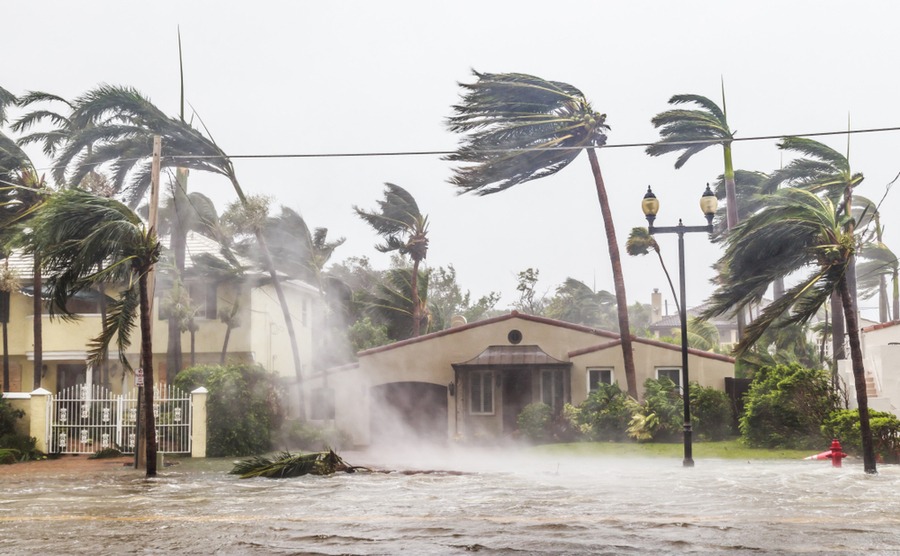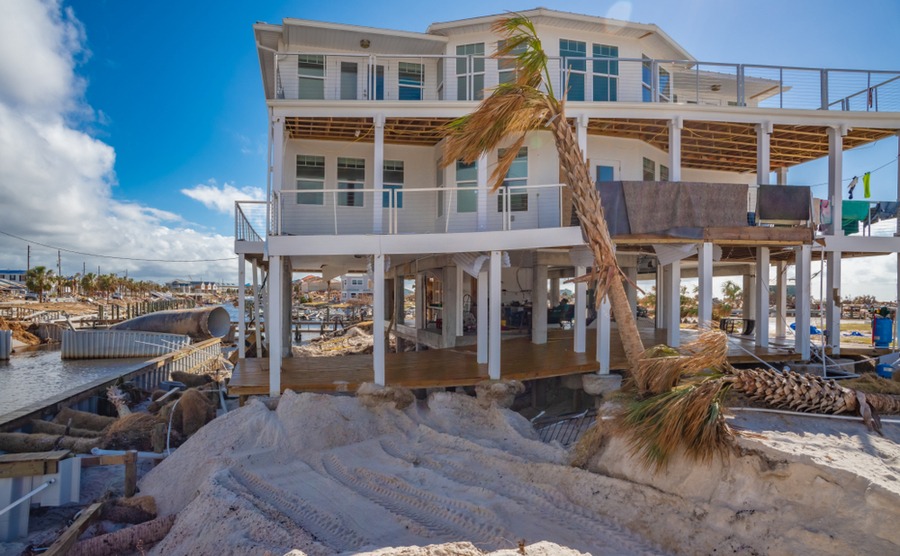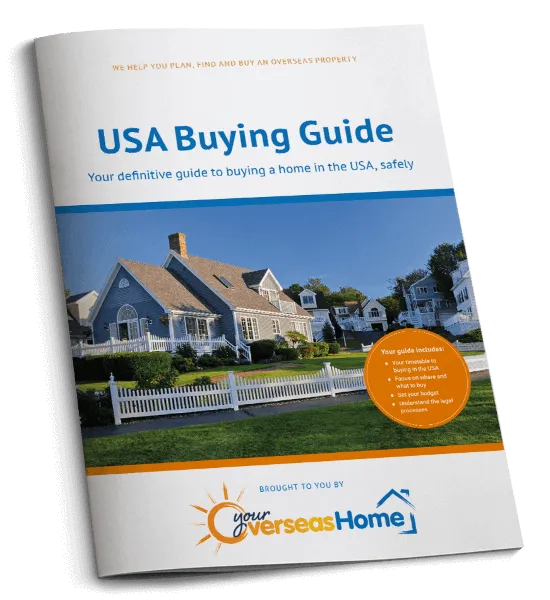Weather in America is serious. Few countries in the world suffer as many catastrophic weather events like hurricanes and tornadoes. If you’re buying a property here, especially in Florida but not only here, you will need to hurricane proof your Florida home. The good news is that it needn’t be expensive.
Anyone considering a move to the USA needs to understand the risks associated with hurricanes, and how to protect themselves as well as possible. Severe storms often occur in The Sunshine State between the months of June to November. As it is one of the most popular states with British buyers, today we’re providing some need-to-know information on how to protect your Florida home before and after you make the purchase.

Flooding and wind are the main problems
If you need extra finance for your US home, read up on all your financing options in our new guide, How to Pay for an America Property.
Essential housing regulations
The good news is that no US state is better prepared for hurricanes than Florida. Following Hurricane Andrew in 1992, the Florida Building Code was developed – a strict set of building codes that all coastal houses in Florida must adhere to. These codes, which are the highest mandatory building codes in the US, significantly improved hurricane resistance in Florida homes. The codes your property must adhere to will depend on your location. For example, Broward and Miami-Dade counties are in the High-Velocity Hurricane Zone. The local code here dictates that a building’s entire envelope, i.e. windows, doors and eaves, must incorporate lab-tested, wind-resistant design.
The Insurance Institute for Business and Home Safety created a ‘fortified home’ standard, to protect Florida properties against hurricanes and hail
Additionally, in 2010 the Insurance Institute for Business and Home Safety created a ‘Fortified Home’ standard, to protect Florida properties against hurricanes and hail. While these are purely voluntary guidelines and only a few thousand properties meet the Fortified Home standards, the adoption of the standard is growing, particularly in hurricane-prone areas. Properties that meet these standards tend to be between 3% and 7% more expensive than those that don’t. There are three levels – bronze, silver and gold standard – gold being the highest.
Halve the cost and double the fun by buying with family. Find out how in our free guide to Buying with Family.
The cost of hurricane protection
For a home valued at $75,000, the cost of upgrading to the Fortified Gold standard typically ranges upwards from 25% of the home’s value due to the extensive retrofitting required. However, that investment is more than worth the peace of mind it offers alone.
Hurricane-proofing your Florida home is worth it for the peace of mind it offers.
We advise all of those buying within the hurricane-susceptible area to make their Florida property gold standard. Doing so will also make it easier and cheaper to insure your Florida property.

Damaged by Hurricane Michael, but this Florida home survived. (Terry Kelly / Shutterstock.com)
Ensuring your Florida house is hurricane-proof
It’s important that you double check this before making any purchase. Ask the realtor for proof that the property meets the International Code Council (ICC) regulations, which is the minimum standard for the state. Ideally, your property should have hurricane-proof doors and windows and a hurricane-proof roof. Dome-shaped roofs are better at withstanding wind. You may also want a back-up generator. If you are by the beach, the property should be raised to protect you from flooding. Of course, that’s the property; it’s even more important to keep yourself safe by heeding all hurricane warnings and moving to safer ground if advised.
That’s the property, but it’s even more important to keep yourself safe by heeding all hurricane warnings and moving to safer ground if advised.
As you would for any property purchase, it’s important to have a survey conducted on any property you plan on buying when you move to the USA. The inspector will be able to check the quality of the building work. You can also contact the local municipality to see what permits were obtained for the property when it was being built. This will give you an indicator of whether it was built to meet local code requirements.
Also, you can have a Windstorm Inspection conducted on the property, which involves a professional coming in to survey the property and to establish its ability to withstand hurricane-force winds. Some properties have features that can actually increase the risk of storm damage, which is the last thing you want. An inspector will hunt these out so that you are informed before you decide on whether or not to buy the property. The inspector will also highlight features that will help protect the safety of the structure in the event of the storm, i.e. concrete block construction, gable-end bracing, secondary water-resistant barriers and hurricane straps or clips.












